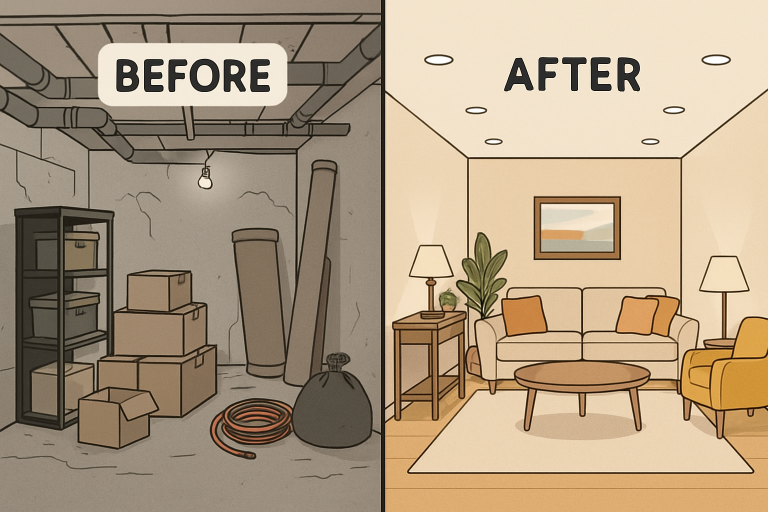The Timeless Charm of Natural Light in Home Design
Few elements in home design hold the transformative power of natural light. It’s a feature that doesn’t require luxury budgets or elaborate construction, yet it has the ability to redefine a space completely. The presence of sunlight can make a small room feel larger, turn dull corners into inviting retreats, and elevate the mood of everyone who lives within those walls. In the age of LED fixtures and smart lighting systems, the role of natural light in home improvement remains as vital as ever—perhaps even more so, as people seek homes that feel both nurturing and sustainable.
When designing or renovating a home, natural light should be treated as a core architectural component rather than a finishing touch. Large windows, skylights, and glass doors invite the outdoors in, establishing a sense of openness and connection to nature. Even the strategic placement of mirrors can amplify daylight, bouncing it deeper into a room and creating the illusion of greater space. South-facing windows can fill living areas with warmth, while east-facing ones invite the gentle glow of the morning sun—perfect for kitchens or breakfast nooks that set the tone for the day ahead.
Natural light does more than just enhance aesthetics; it influences well-being on a profound level. Sunlight regulates circadian rhythms, boosts vitamin D production, and has been shown to improve focus and emotional health. A home filled with daylight feels alive, promoting alertness during the day and more restful sleep at night. This is why modern design trends increasingly prioritize open floor plans, glass partitions, and lighter materials that allow light to move freely through the space.
From an environmental perspective, maximizing natural light contributes to energy efficiency. By reducing the dependence on artificial lighting and heating during daylight hours, homeowners can cut down on electricity bills and lower their carbon footprint. Architects and interior designers often combine natural light with other sustainable features, such as solar panels or energy-efficient windows, creating homes that are not only beautiful but also responsible in their energy use.
For older homes, introducing more natural light can be a rewarding renovation project. Replacing heavy drapes with sheer fabrics, painting walls in soft, reflective tones, or even enlarging existing windows can dramatically change a home’s atmosphere. For those who lack the option to modify structure, simple touches like glass tabletops, open shelving, or strategically placed plants can help reflect and distribute light. The key lies in finding a balance that enhances comfort without creating glare or excessive heat gain.
Natural light has a timeless quality—it connects modern homes with an ancient human instinct to seek warmth, safety, and openness. No matter how advanced home technology becomes, the glow of the morning sun streaming across a wooden floor or the golden hue of sunset filtering through a curtain will always hold a kind of quiet magic. It reminds us that sometimes, the most effective design choices are also the simplest ones. In every home, light tells a story, shaping the way we see, feel, and live within our spaces.

